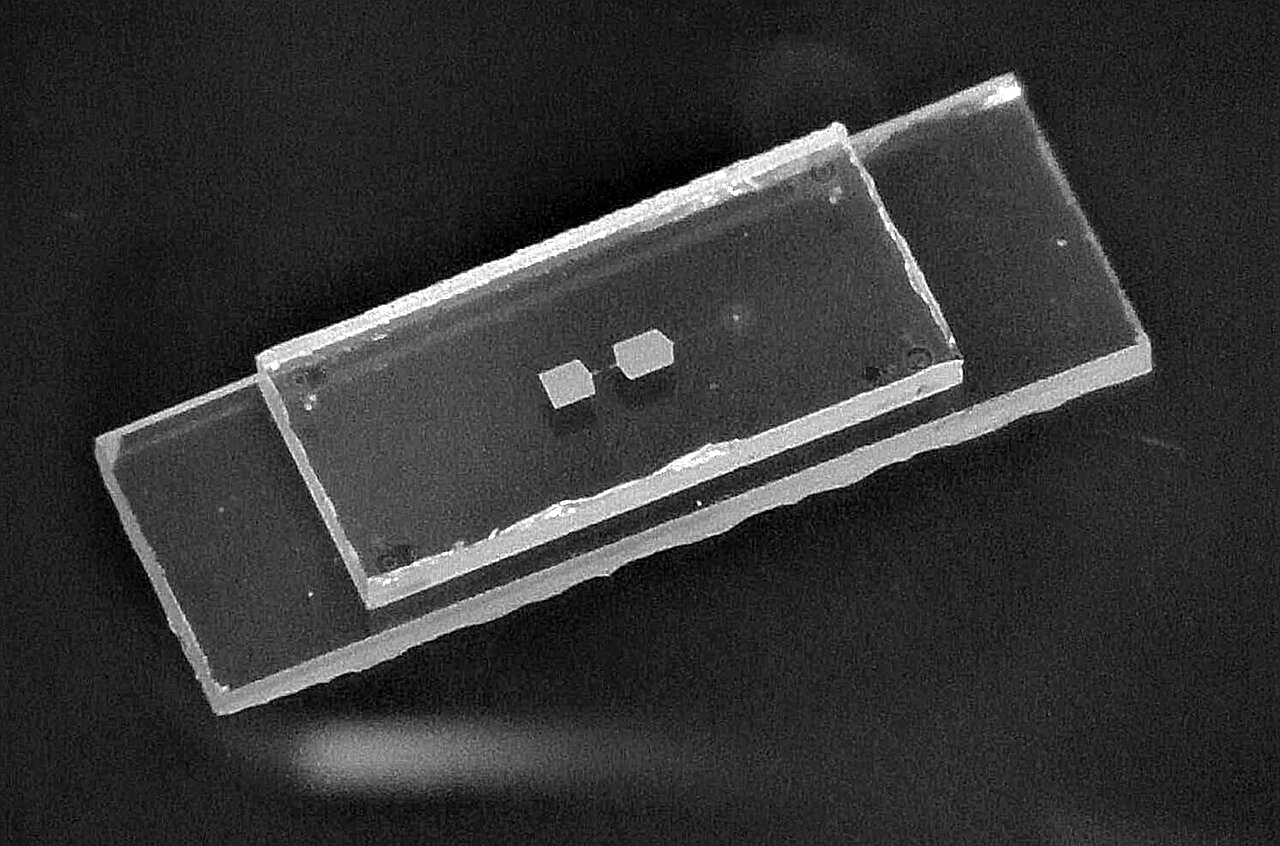A team of physicists at ETH Zürich has built the first-ever working mechanical qubit. In their paper published in the journal Science, the group describes their novel idea for creating such a qubit and how well it has worked during testing.
Researchers believe quantum computers will be able to solve many types of problems that are beyond the ability of classical computers. And while much progress has been made, the goal has still not been fully realized. One of the major sticking points is the problem of virtual qubits, such as those made using electromagnetics, which produce errors that must be corrected. The research team found another way around the problem—using mechanical qubits instead.
Instead of representing data with only ones and zeroes, qubits are able to store data in a superposition of both states. For this new study, the researchers built what they describe as a membrane similar to a drum skin that can hold information as a steady state, a vibrating state or a state that is both at once.
Noting that the real problem with virtual qubits is their short duration (they pop into existence and are gone in a flash), the researchers turned to something that would last much longer—a piezoelectric disk fixed to a sapphire base. They used it as a mechanical resonator. They then attached a qubit made of a superconducting material fixed to its own sapphire base, using a special fabrication technique they developed.

The result was a qubit with coherence times that were based on the type of superconductor used and were on average better than hybrid or virtual qubits used in other systems.
The team plans to continue their work, looking to improve coherence times using different materials. They also are looking to test their qubits with quantum gates to see how well they perform in a computer.
More information:
Yu Yang et al, A mechanical qubit, Science (2024). DOI: 10.1126/science.adr2464
© 2024 Science X Network
Citation:
Physicists create the first fully mechanical qubit (2024, November 15)
retrieved 15 November 2024
from https://phys.org/news/2024-11-physicists-fully-mechanical-qubit.html
This document is subject to copyright. Apart from any fair dealing for the purpose of private study or research, no
part may be reproduced without the written permission. The content is provided for information purposes only.


